The Longevity Diet: How to Eat Like a Blue Zone 80-Year-Old in Your Own Kitchen
Want to unlock the secrets of people who’ve celebrated their 100th birthday over and over again while staying vibrant and strong. Life has taught them the simple truth: food holds the key to living longer.
Our aging bodies crave specific nutrients, yet most of us feed ourselves all wrong. Those golden-agers who’ve crossed the century mark have cracked the code with their daily food choices.
They’ve discovered a sustainable way of eating that keeps their minds sharp and bodies active. Let me share their time-tested wisdom about the foods that fuel a century of vitality.
10 Foods for 100 Years
Unlock the secrets of those who’ve crossed the century mark. They’ve cracked the code with their daily food choices.
🥬 Leafy Greens & Cruciferous
The foundation of a longevity diet. High in folate, vitamin K, and antioxidants, they protect heart health and reduce cancer risk.
Tips:- Massage kale with olive oil to tenderize.
- Store greens with a paper towel to keep fresh.
- Add lemon juice to boost iron absorption.
🍓 Berries
Nature’s sweet gems. High antioxidant content helps combat inflammation and supports cognitive function.
Tips:- Buy frozen berries for smoothies to save money.
- Wash just before eating to prevent spoilage.
- Add to overnight oats for an easy breakfast.
🐟 Fatty Fish
Provides essential omega-3s for heart and brain health. Reduces heart disease risk and supports cognitive function.
Tips:- Choose wild-caught when possible.
- Try canned sardines for an affordable option.
- Incorporate smaller fish to minimize mercury.
🫘 Legumes
A plant-based protein and fiber powerhouse. Beans, lentils, and chickpeas help stabilize blood sugar and provide sustained energy.
Tips:- Soak dried beans overnight to improve digestibility.
- Rinse canned beans well to reduce sodium.
- Cook with kombu seaweed to reduce gas.
🫒 Extra Virgin Olive Oil
This “liquid gold” helps lower LDL cholesterol and reduce inflammation, making it a Mediterranean staple.
Tips:- Store in a dark, cool place (not the fridge).
- Buy in dark glass bottles to protect from light.
- Check the harvest date for freshness.
🌰 Nuts and Seeds
Nutrient-dense snacks packed with healthy fats, fiber, and protein for sustained energy. Blue Zone residents often eat two handfuls daily.
Tips:- Store in the fridge to prevent rancidity.
- Soak nuts overnight to improve digestibility.
- Grind flax seeds before eating to absorb nutrients.
🥣 Whole Grains
Essential for sustained energy and digestive health. Oats, quinoa, and brown rice provide complex carbs and fiber.
Tips:- Cook extra portions for quick meals.
- Rinse quinoa to remove its bitter coating.
- Try overnight oats for a fast breakfast.
🍶 Fermented Foods
Probiotic-rich foods like yogurt, kimchi, and sauerkraut support gut health and immune function.
Tips:- Start with small portions to let your gut adjust.
- Check labels for added sugars in yogurt.
- Make your own for cost savings.
🍫 Dark Chocolate
A beloved treat with high antioxidant content that supports brain health. The key is moderation (1-2 pieces) and 70% or higher cocoa.
Tips:- Let it come to room temp for best flavor.
- Break into small pieces to control portions.
- Pair with nuts or berries.
🍵 Green & Herbal Teas
These beverages offer anti-inflammatory compounds and are linked to reduced disease risk, all while providing hydration.
Tips:- Don’t use boiling water on green tea (preserves compounds).
- Make a large batch for iced tea.
- Use loose leaf tea for better quality.
⏰ Sample Meal Timing
- Morning (7–9 AM): Oatmeal with berries and chia seeds.
- Lunch (12–1 PM): Salad with greens, beans, olive oil, and fish.
- Evening (6–7 PM): Baked salmon with roasted veggies and quinoa.
- Snacks: Handful of nuts or dark chocolate.
🌟 Tips for Success
- Moderation: Eat until 80% full (hara hachi bu).
- Hydration: Drink water; avoid sugary beverages.
- Social Meals: Share meals with family/friends.
- Cook at Home: Prioritize fresh ingredients.
- Stay Active: Pair diet with light exercise.
1. Leafy Greens & Cruciferous Vegetables
These powerhouse vegetables form the foundation of a longevity-focused diet, offering an impressive array of nutrients essential for optimal health.

From vibrant spinach to hearty kale, these greens pack a punch with their high folate, vitamin K, and antioxidant content. Studies consistently show their role in protecting heart health and reducing cancer risk.
Centenarians like Lenora, who reached the remarkable age of 102, attribute their longevity partly to their daily consumption of these vital greens.
Tips:
- Massage tough kale leaves with olive oil to make them more tender and digestible
- Store greens with a paper towel to absorb excess moisture and extend freshness
- Add lemon juice to boost iron absorption from greens
- Try different cooking methods like steaming, sautéing, or eating raw to find your preference
- Include a variety of greens rather than sticking to just one type
2. Berries
Nature’s sweet gems, berries are celebrated for their exceptional antioxidant properties and brain-boosting potential.
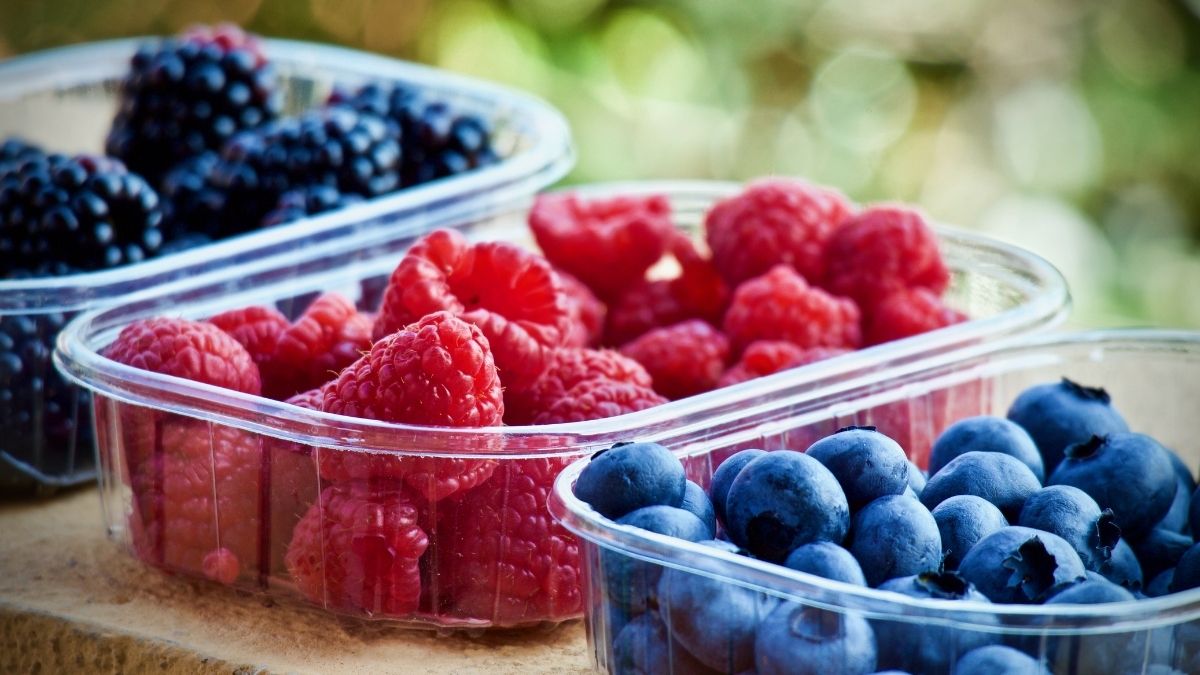
Both blueberries and strawberries have earned their place in the diets of Blue Zones residents, who incorporate these colorful fruits into their daily routines.
Their high antioxidant content helps combat inflammation and supports cognitive function, making them a delicious investment in long-term health.
Tips:
- Buy frozen berries for smoothies to save money and extend shelf life
- Wash berries just before eating to prevent early spoilage
- Mix different berry varieties to maximize nutritional benefits
- Add to overnight oats for an antioxidant-rich breakfast
- Consider growing your own berries for fresh access
3. Fatty Fish
A cornerstone of longevity diets worldwide, fatty fish provides essential omega-3 fatty acids that support both heart and brain health.
Centenarians like Deborah, who lived to 102, regularly included fish in their diet, recognizing its vital role in maintaining good health.
The omega-3s found in salmon and sardines are particularly effective at reducing heart disease risk and supporting cognitive function.
Tips:
- Choose wild-caught fish when possible for higher omega-3 content
- Store fish in the coldest part of your refrigerator
- Remove fish skin before cooking if you prefer a milder taste
- Try canned sardines for an affordable omega-3 source
- Incorporate smaller fish species to minimize mercury exposure
4. Legumes
These versatile protein powerhouses are a staple in Blue Zones diets, offering a perfect combination of plant-based protein and fiber.
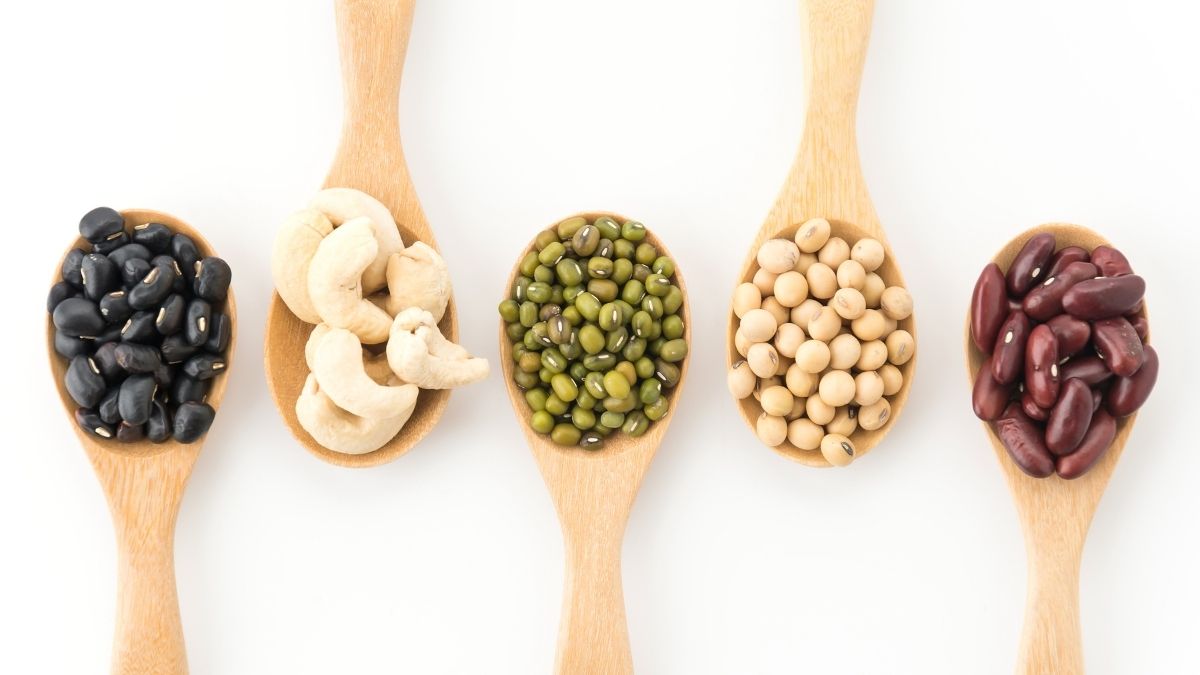
Beans, lentils, and chickpeas help stabilize blood sugar levels while providing sustained energy throughout the day.
Their high fiber content supports digestive health and contributes to feeling satisfied after meals.
Tips:
- Soak dried beans overnight to reduce cooking time and improve digestibility
- Cook beans with kombu seaweed to reduce gas-causing compounds
- Make extra servings to freeze for quick future meals
- Rinse canned beans thoroughly to reduce sodium content
- Experiment with different varieties to find your favorites
5. Extra Virgin Olive Oil
This liquid gold has been a Mediterranean diet staple for centuries, earning praise from centenarians like Lenora for its health-promoting properties.
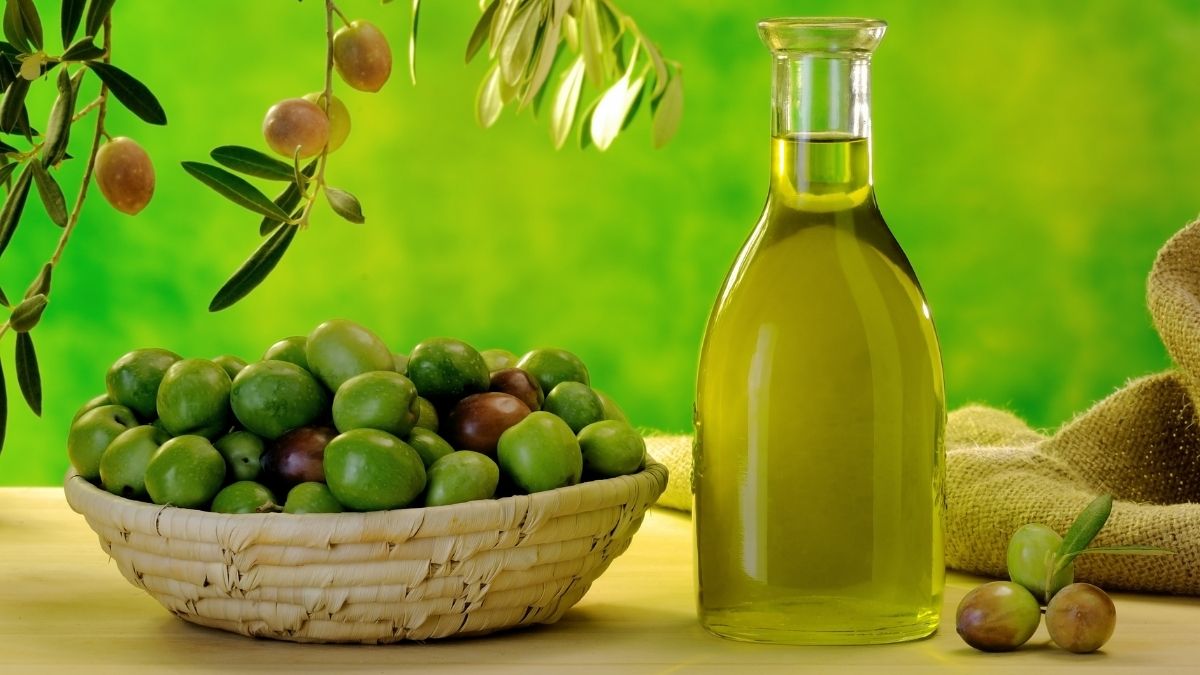
Extra virgin olive oil helps lower LDL cholesterol and reduce inflammation, making it an essential component of a longevity-focused diet.
Its rich, complex flavor enhances the taste of many dishes while delivering powerful health benefits.
Tips:
- Store in a dark, cool place to prevent oxidation
- Use lower temperatures when cooking to preserve beneficial compounds
- Check harvest dates when purchasing for maximum freshness
- Buy smaller bottles to ensure you use it before it goes rancid
- Look for dark glass bottles to protect from light damage
6. Nuts and Seeds
These nutrient-dense foods are celebrated in Blue Zones communities, where residents typically consume two handfuls daily.
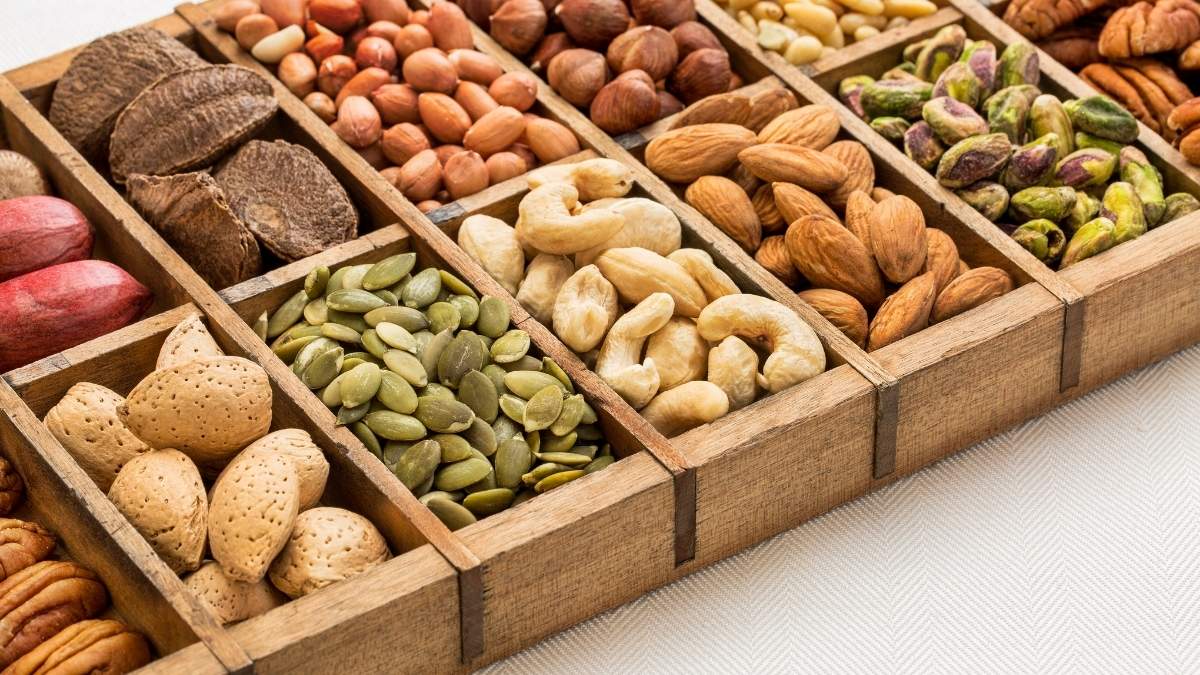
Packed with healthy fats, fiber, and protein, nuts and seeds provide sustained energy and support overall health.
Their versatility makes them perfect for snacking or adding texture and nutrition to various dishes.
Tips:
- Store in airtight containers in the refrigerator to prevent rancidity
- Roast raw nuts at home to control sodium content
- Soak nuts overnight to improve digestibility
- Create your own trail mix with varied nuts and seeds
- Grind flax seeds before consuming for better nutrient absorption
7. Whole Grains
Essential for sustained energy and digestive health, whole grains like oats, quinoa, and brown rice provide complex carbohydrates and fiber that support heart health and longevity.
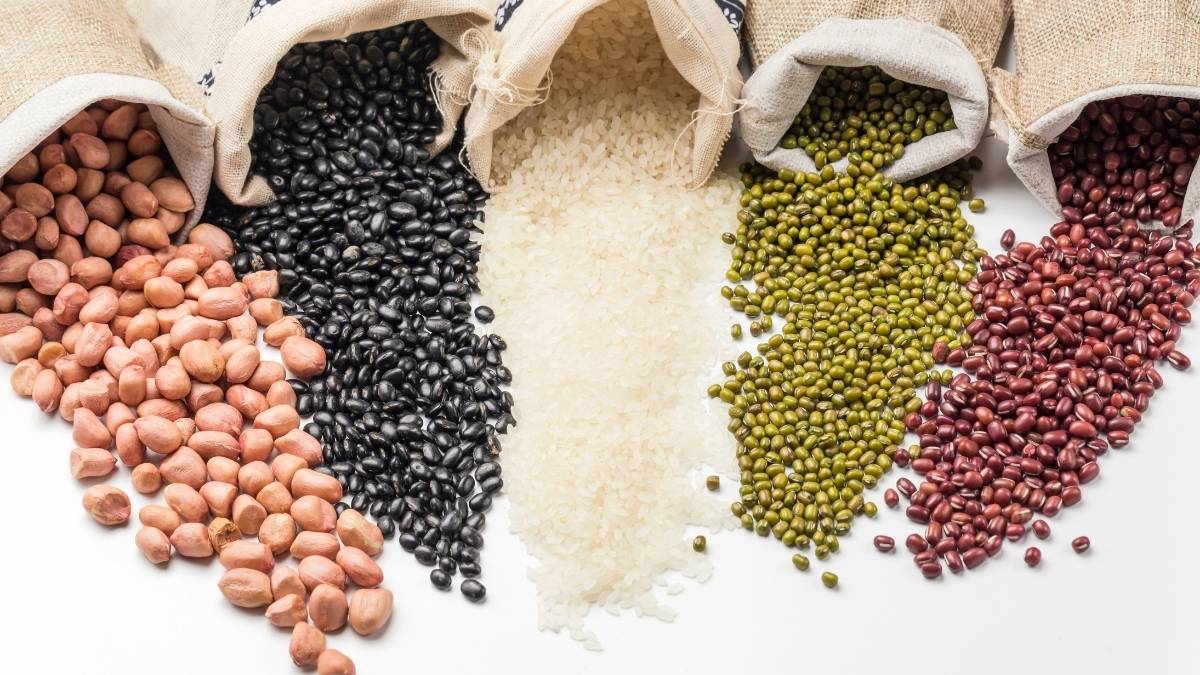
Centenarians like Shirley, who lived to 106, started each day with a bowl of oatmeal, recognizing the importance of these nutritious grains in maintaining good health.
Tips:
- Cook extra portions to reheat throughout the week
- Store in airtight containers in a cool, dry place
- Rinse quinoa before cooking to remove bitter compounds
- Try overnight oats for a quick, healthy breakfast
- Experiment with ancient grains like farro or millet
8. Fermented Foods
These probiotic-rich foods support gut health and immune function, making them vital for overall wellness.
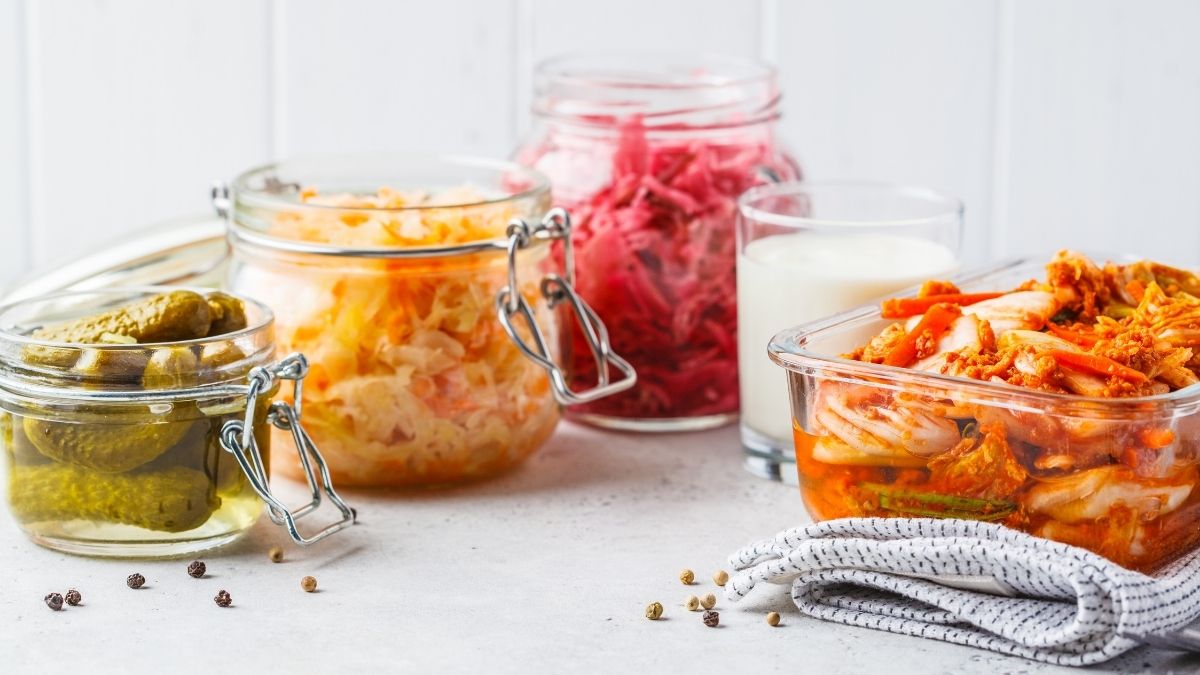
Centenarians like Maria, who reached 116, incorporated natural yogurt into their daily diet.
From tangy kimchi to creamy yogurt, fermented foods offer unique flavors while delivering beneficial bacteria that support digestive health.
Tips:
- Start with small portions to allow your digestive system to adjust
- Make your own yogurt or sauerkraut for cost savings
- Store properly to maintain probiotic benefits
- Check labels for added sugars in commercial products
- Combine different fermented foods for varied bacterial strains
9. Dark Chocolate
This beloved treat offers more than just pleasure; its high antioxidant content supports brain health and overall wellness.
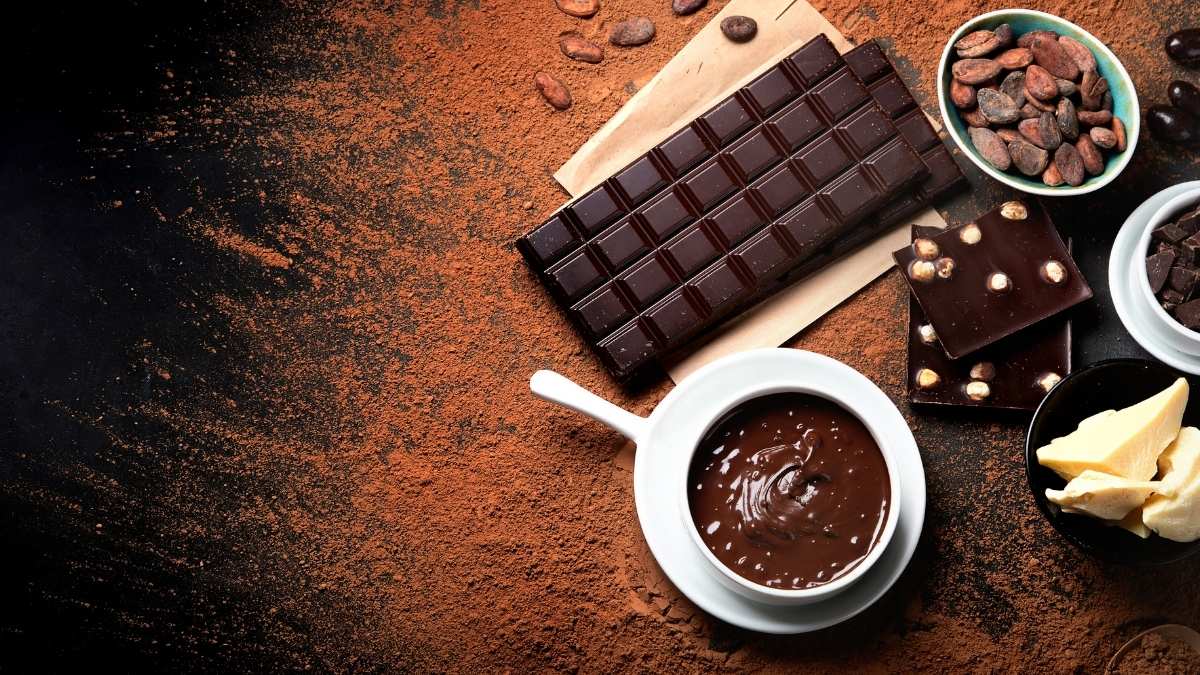
Centenarians like Eunice, who lived to 102, enjoyed dark chocolate in moderation, limiting portions to 1-2 pieces daily.
The key is choosing varieties with 70% or higher cocoa content to maximize health benefits.
Tips:
- Store in a cool, dry place away from strong odors
- Let it come to room temperature before eating for best flavor
- Break into small pieces to control portions
- Choose varieties without added oils or artificial ingredients
- Pair with nuts or berries for enhanced benefits
10. Green Tea and Herbal Teas
These beneficial beverages offer anti-inflammatory compounds and are linked to reduced disease risk. Centenarians like Shitsui, who lived to 107, incorporated tea into their daily routine, often drinking it with meals.

Whether choosing traditional green tea or herbal varieties, these drinks provide hydration along with potential health benefits.
Tips:
- Don’t overheat water for green tea to preserve beneficial compounds
- Try different varieties to find your favorite flavors
- Make large batches to store in the refrigerator for iced tea
- Use loose leaf tea for better quality and less waste
- Time your steeping properly for optimal flavor and benefits
Sample Daily Meal Timing
- Morning (7–9 AM):
- Oatmeal with berries and chia seeds.
- Greek yogurt with nuts and a banana.
- Lunch (12–1 PM):
- Salad with leafy greens, beans, olive oil, and grilled fish.
- Lentil soup with whole-grain bread.
- Evening (6–7 PM):
- Baked salmon with roasted cruciferous veggies and quinoa.
- Stir-fried tofu with brown rice and fermented kimchi.
- Snacks:
- Handful of nuts or dark chocolate
Tips for Success
- Moderation: Follow the hara hachi bu principle (eat until 80% full).
- Hydration: Drink water throughout the day; avoid sugary beverages.
- Social Meals: Share meals with family/friends to reduce stress.
- Cook at Home: Avoid ultra-processed foods; prioritize fresh ingredients.
- Stay Active: Pair diet with light exercise (walking, dancing)
Final Thoughts
The longevity diet isn’t about strict rules but a lifestyle emphasizing plant-based foods, moderation, and joy.
Centenarians like JoCleta Wilson (100) balance healthy eating with occasional treats (e.g., weekly chocolate cake), while others prioritize social connections and stress management.
By combining nutrient-dense meals with mindful habits, seniors can enhance vitality and embrace aging gracefully.








